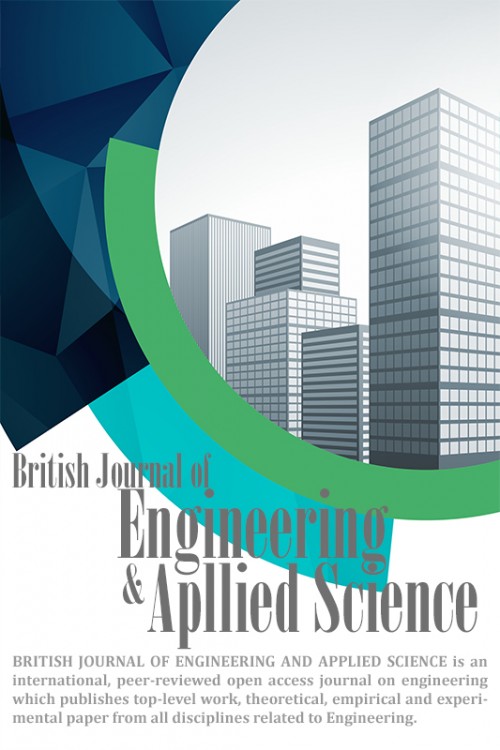
Call For Papers
british journal of engineering and applied science
2024 Volume 10, Issue 1
Numerical Simulation of Flow Pattern Around Bridge Piers with Submerged Vanes
Abstract
Bridges are very important for establishing communication paths. For this reason, it is important to control scour around bridge piers. There are several methods proposed to control scour, one of the most practical of them is to use submerged vanes. On the other hand, laboratory circumstances make it possible to neglect many factors affecting scour. Under these circumstances, the use of numerical models would appear even more important. In the present study, we performed numerical simulation of flow pattern around bridge piers with submerged vanes. To this end, 3D model of the structure was built using the Fluent software. Then, the k-ε turbulence, the multiphase volume of fluid and mixture models were used for simulation. Afterwards, water surface, velocity distribution, and bed shear stress profiles were analyzed considering two different flow intensities and multiple vanes installed at two different angles. The results obtained from numerical modeling were in good agreement with those obtained from experimental modeling. In the present study, Realizable k-ε and multiphase volume of fluid models were determined as the best turbulence models for estimation of water surface and velocity distribution profiles, respectively. The maximum mean relative errors of 2.32 and 2.92% were obtained for estimation of water surface and velocity distribution profiles, respectively. In addition, the analyses showed that the used of 6 vanes rather than 2 and 4 vanes, and installation angle of 30 degrees rather than 20 degrees were better in performance. The present study also showed the lack of change in water surface profile, as well as reduced velocity and shear stress around the piers with multiple submerged vanes.